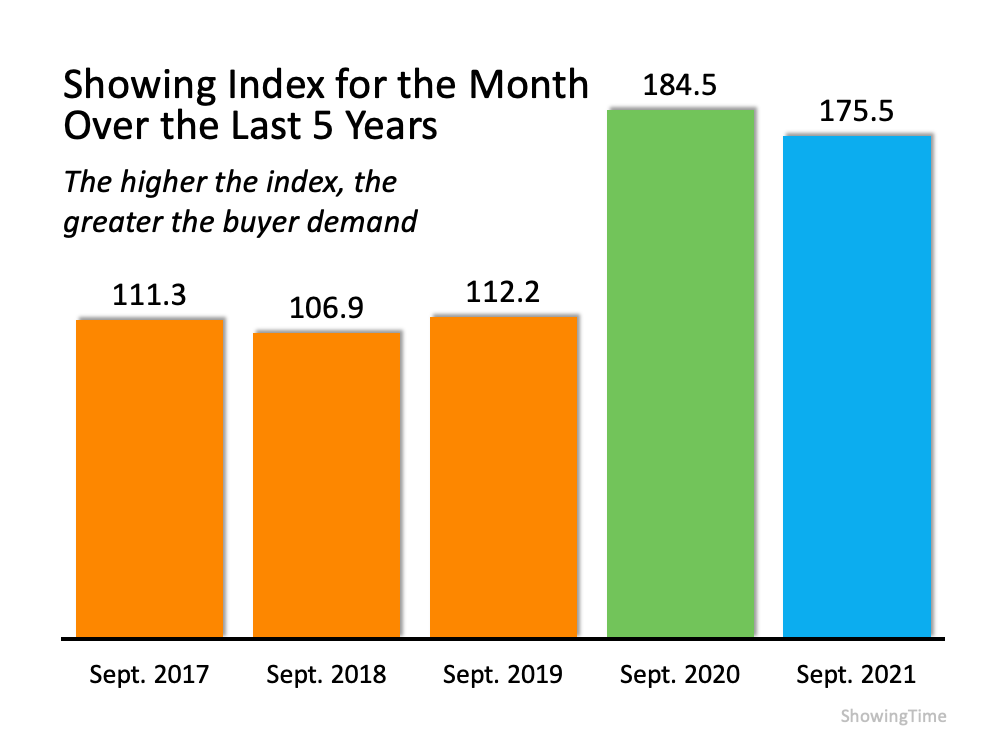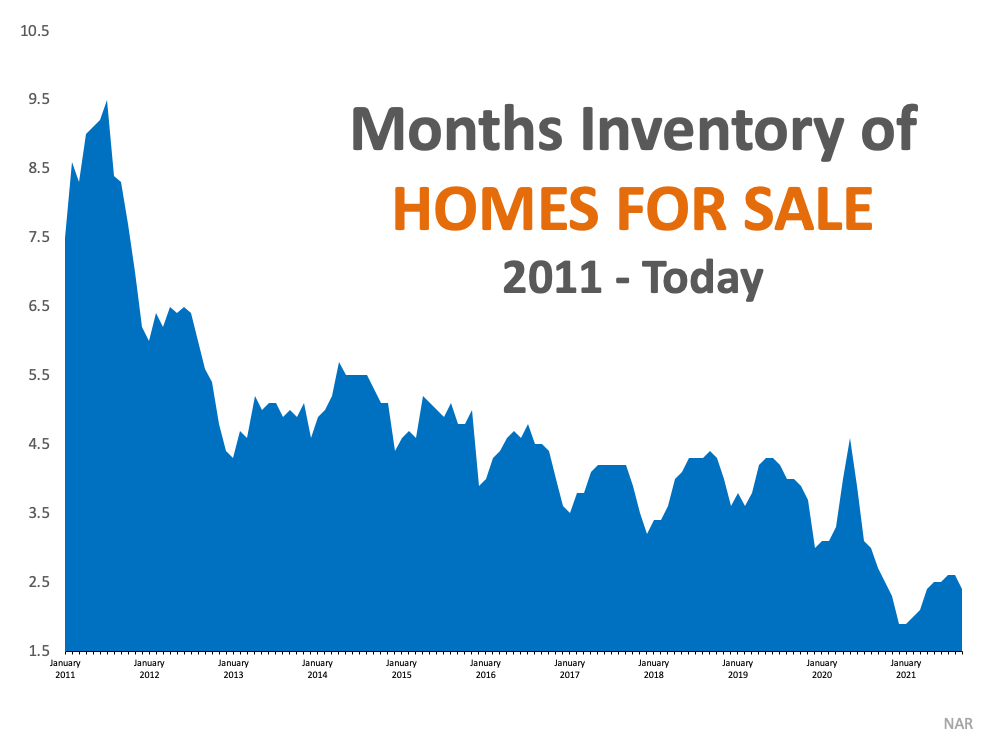
Ideally, each party will pay their own closing costs associated with the purchase and the sale of a home, but they can be negotiable based on lender requirements and market conditions.
The fees are usually paid at the settlement and will be itemized on the closing statement. Buyers should be aware of them before contracting for a home. If a mortgage is involved, the lender will want to verify that the borrower has ample funds available at closing to pay for them.
Buyer’s closing costs can range between two to five percent of the sales price. The real estate agents should be able to give you an estimate of what a buyer can expect. The most accurate estimate will come from the lender at the time the loan application is made. They may or may not include other fees that will be charged to buyers by the title or escrow company.
Buyers are required to be provided a standard Closing Disclosure form at least three business days before the loan closing date. This document will include the loan terms, estimated monthly payments, loan fees and other charges. This can be compared to the loan estimate provided by the lender when the application was made.
Fees connected to a mortgage
Loan origination fee … This is the lender’s fee for processing the mortgage application. It can vary in amount but typically, it can be one percent of the mortgage amount. It may be possible to negotiate this fee into the rate of the mortgage.
VA funding fee … This is a fee charged to the veteran for closing the loan. It can be paid in cash or rolled into mortgage. The amount is based on the status of the veteran, their down payment and whether they have had a VA loan before.
Appraisal … This is a fee paid for a licensed appraiser to determine the value of the property. It validates that the mortgage will not exceed the purchase price and that the buyer has enough down payment based on the type of mortgage applied for.
Attorney fee … This fee is charged to ensure that the legal documents are drawn properly so the lender will have an enforceable mortgage. It is not for legal representation of the buyer.
Discount points … A point is one percent of the mortgage. These fees are considered prepaid interest and can be used to adjust the interest rate on the mortgage.
Lender’s title insurance … This coverage insures that the lender has an enforceable lien from title claims on the property. This policy is usually issued in connection with an owner’s title policy and is priced separately.
Mortgage insurance … Most loans made in excess of 80% of loan to value require mortgage insurance to protect the lender from loss if the property must be foreclosed on. There is no mortgage insurance requirement on VA loans. FHA mortgage insurance premium has two parts. There is an up-front charge of 1.75% of loan amount and then, a monthly amount which is added to the payment. Conventional loans usually collect the first month’s premium in advance and subsequent amounts are rolled into the mortgage payment.
Recording fees … These are fees that are for filing the legal documents with the municipal or county recorders. The documents would include the mortgage and the deed.
Survey fees … This fee is necessary, based on requirements of the lender, to verify property lines, shared fences and driveways and to identify any other encumbrances.
Underwriting fee … This is a separate fee that covers the research and determination that the entire loan package meets the lender’s requirements.
Fees required by mortgage for escrow account
Property taxes … Lenders can require two to three months taxes to be held in escrow so that there will be enough to pay them in full 60 to 90 days before they are due.
Property insurance … Insurance is paid in advance and the annual premium will be due at closing. The lender further requires one additional month’s amount so that one month prior to the anniversary date, the premium can be paid for the renewal.
Flood insurance … The lender may require flood insurance on the property based on their assessment of the location in a flood zone or proximity to a flood zone.
Fees connected to purchase of a home
Settlement fee … This is the buyer’s portion of the fee paid to the title or escrow company, or attorney who handles the closing of the sale.
HOA Fee … Home Owner Association fees are usually paid in advance by the owner. They are prorated at closing for the amount paid that the seller does not benefit from.
Owner’s Title insurance … This coverage insures that the buyer, the new owner, received clear and marketable title from the seller. It will protect the new owners’ interests should they be challenged. Even though it may not be required, it is recommended.
Pest inspection … A pest inspection by a licensed exterminator can be required by a buyer to determine if there are active termites or termite damage, dry rot or another pest infestation.
Property inspection … A home inspection conducted by a professional can be required to determine structural integrity of the property as well as all the systems in the home. It can include but not be limited to plumbing, electrical, roof, heating and air conditioning, appliances and other things.
Title search … Sometimes, title companies waive this fee when an owner’s title policy is issued. It can be customary that a separate fee is charged in addition to the premium for the title insurance.
Transfer taxes … When government taxes are required, these fees must be collected.
The Consumer Financial Protection Bureau is a U.S. government agency that makes sure banks, lenders and other financial companies treat the public fairly. You can download a Closing Disclosure Explainer from their website.










